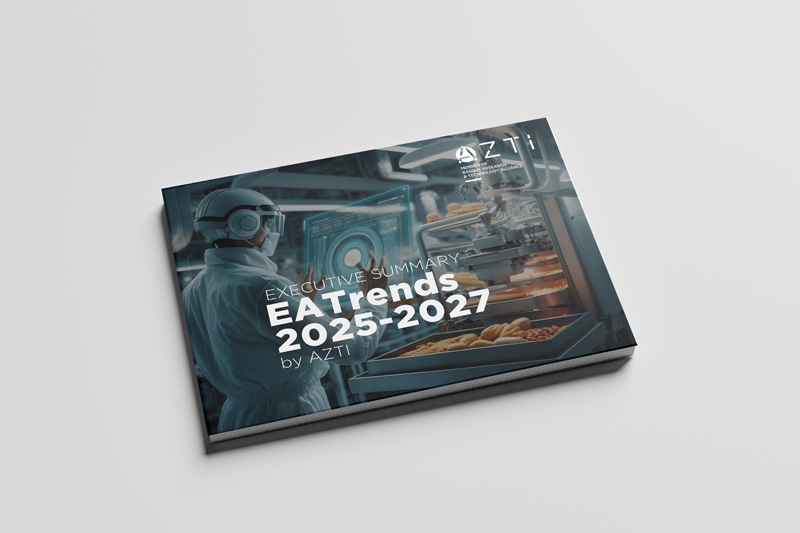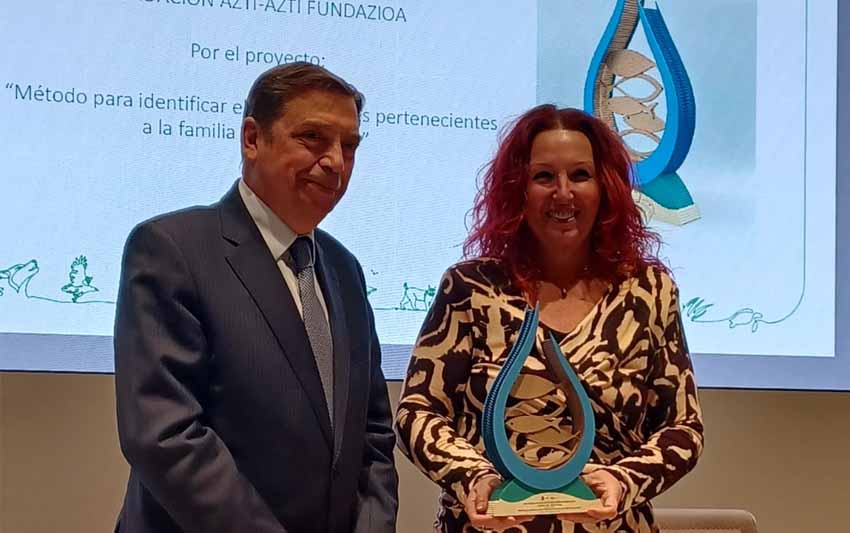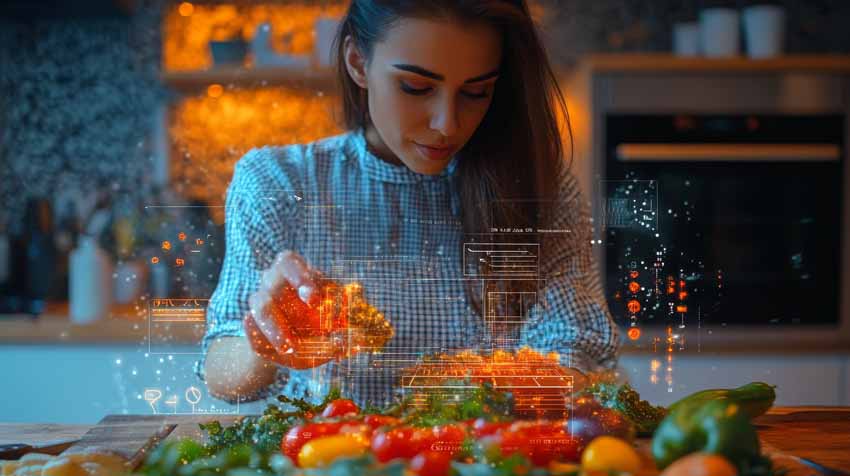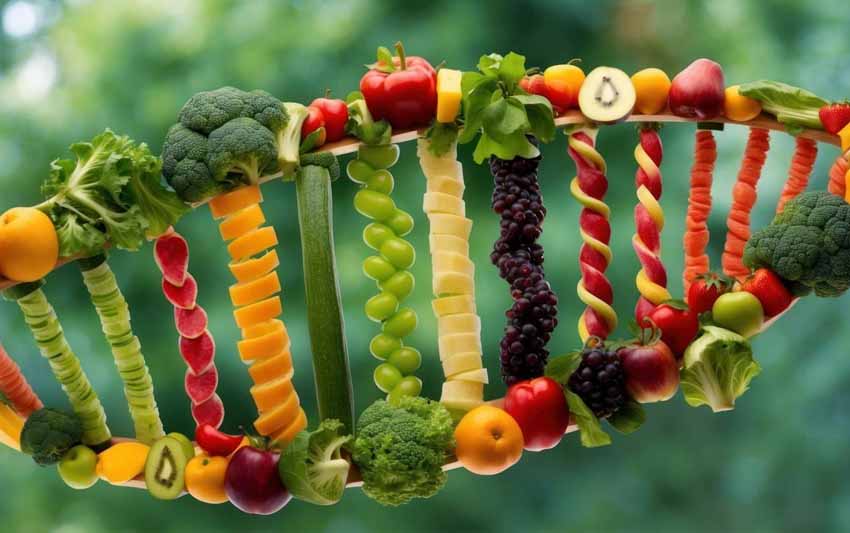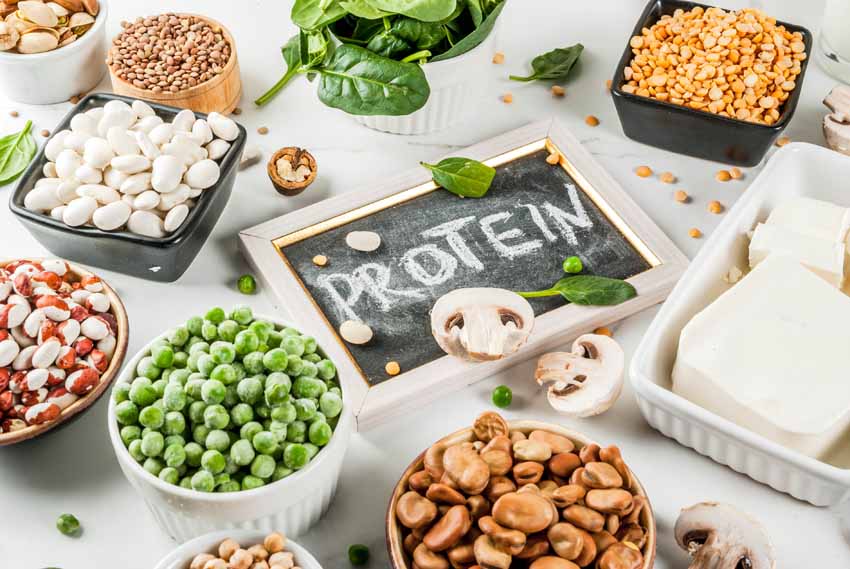[EATrends] In Search of Sustainable and Healthy Alternatives
Últimas noticias
AZTI wins the 24th JACUMAR Award with a pioneering PCR method to determine the sex of sturgeons
JUVENA 2025: The abundance of juvenile anchovies in the Bay of Biscay has doubled the historical average
Ethics in Artificial Intelligence for Food and Health: From “Can Do” To “Should Do”
SONIA RIESCO, Researcher in the Innovation Area
This is the second chapter of AZTI’s EATrends, a guide that connects society, business, science, and technology to map out the future of food. Want to explore all the other trends? You’ll find them in the full EATrends report.
In a world where food has become a reflection of our social and environmental concerns, sustainable and healthy alternatives are gaining ground. The market is undergoing a major transformation, driven by a growing demand for products that are better “for me and for the planet.” Both consumers and companies are becoming increasingly aware of the need to reduce food waste and minimize the environmental impact of production.
This trend opens up enormous opportunities for innovation—but also raises key questions: How can we earn consumers’ trust? How do we strike the right balance between nutrition, sensory appeal, and sustainability?
Índice de contenidos
A Growing Market, with Challenges Ahead
Alternative foods are emerging on multiple fronts—from lab-grown developments to reformulated versions of familiar products. However, there are still hurdles to overcome before these innovations win over the mainstream market. Success will depend on overcoming barriers related to:
- Perceived healthiness and proven benefits
- Sensory acceptance (taste, texture, appearance)
- Confidence in their positive environmental impact
An interesting example comes from a study published in Food Quality and Preference: European consumers associate “upcycled” foods with concepts such as innovation (13.3%), recycling (11.3%), avoiding food waste (10.7%), and environmental benefit (9.9%). Clear signs that the story behind a product can be just as important as its formulation.
Innovation in Progress: The Next Steps in R&D
The research and development ecosystem is exploring multiple pathways to meet these expectations:
- New ingredients and biotechnological products with a smaller environmental footprint
- Smart technologies and biomaterial packaging that extend shelf life and reduce waste
- Valorization of by-products, transforming them into nutritious and sustainable ingredients
- Food reformulation that enhances nutritional profiles without compromising sensory appeal
In short, it’s about giving a second life to what was once considered waste—and turning it into added value.
It’s Happening: Industry Responses
Growing public awareness about food waste is already translating into visible market innovations. Today, companies are experimenting with:
- Upcycled foods and ingredients that repurpose by-products and cut down on waste
- New, more sustainable and intelligent packaging solutions that extend shelf life
- Innovative processing technologies that enable healthier products with a lower environmental footprint
- Diversification of materials and ingredients, seeking more ethical and sustainable alternatives
The search for sustainable and healthy alternatives is one of the key driving forces transforming the food industry. It shows that innovation is no longer just about feeding people—it’s also about promoting health, reducing environmental impact, and building trust with every bite.
Want to Take a Closer Look at EATrends?
